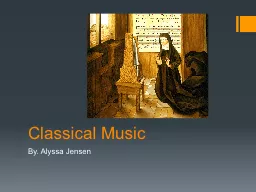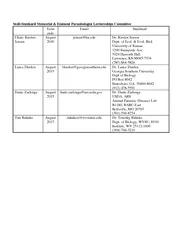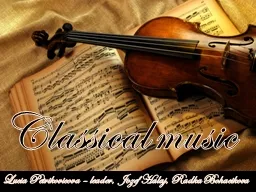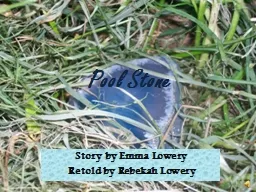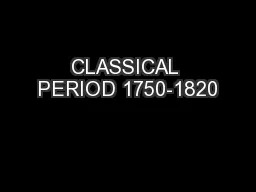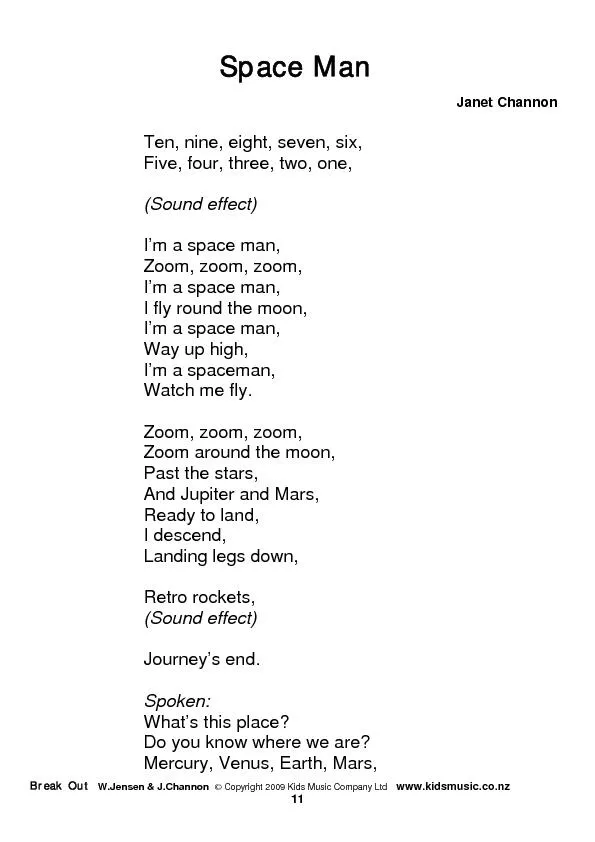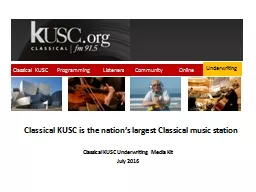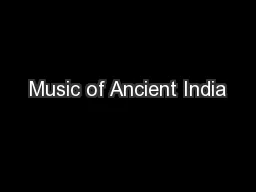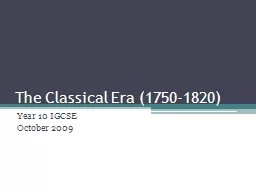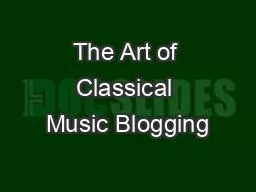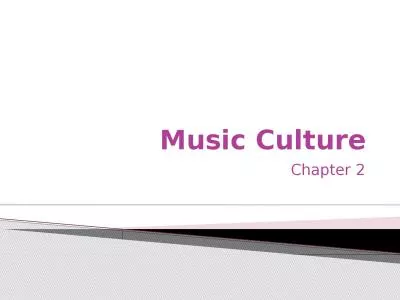PPT-Classical Music By. Alyssa Jensen
Author : olivia-moreira | Published Date : 2019-06-22
History Classical music history has 6 major periods behind it I The Middle ages 4001400AD II The Renaissance 1400600AD III The Baroque
Presentation Embed Code
Download Presentation
Download Presentation The PPT/PDF document "Classical Music By. Alyssa Jensen" is the property of its rightful owner. Permission is granted to download and print the materials on this website for personal, non-commercial use only, and to display it on your personal computer provided you do not modify the materials and that you retain all copyright notices contained in the materials. By downloading content from our website, you accept the terms of this agreement.
Classical Music By. Alyssa Jensen: Transcript
Download Rules Of Document
"Classical Music By. Alyssa Jensen"The content belongs to its owner. You may download and print it for personal use, without modification, and keep all copyright notices. By downloading, you agree to these terms.
Related Documents

